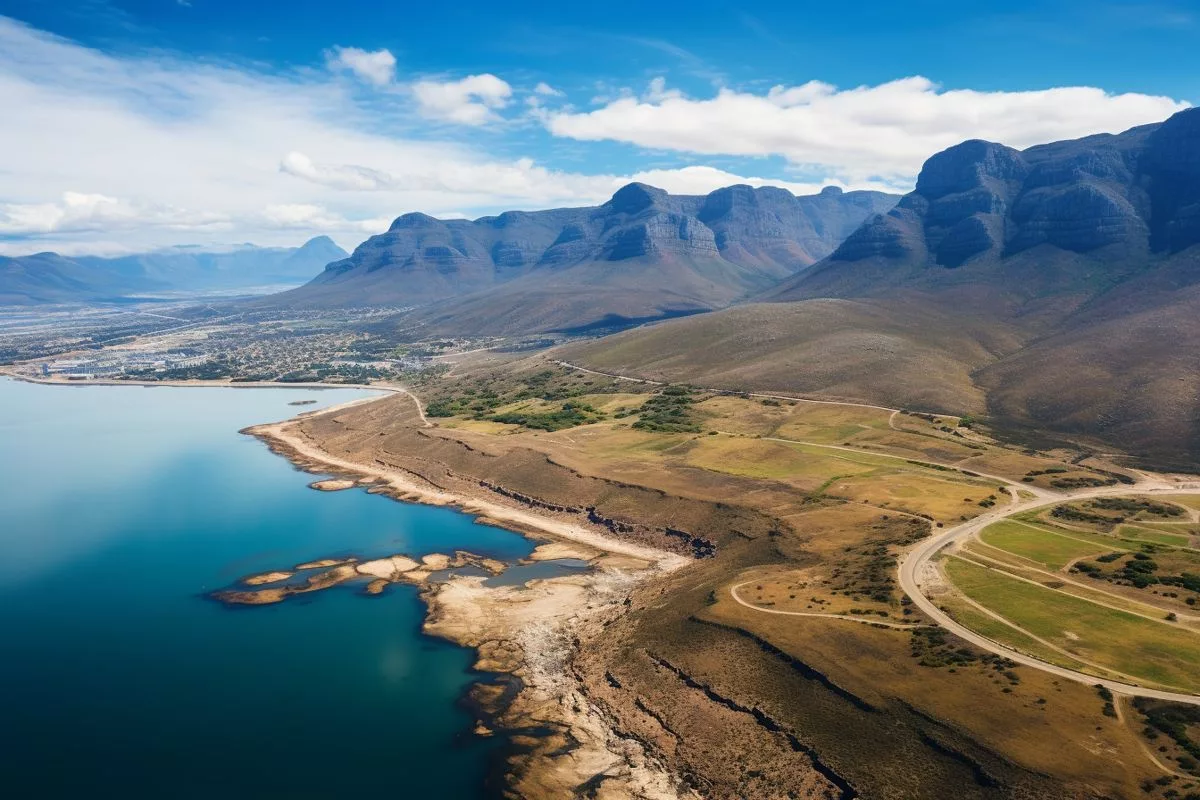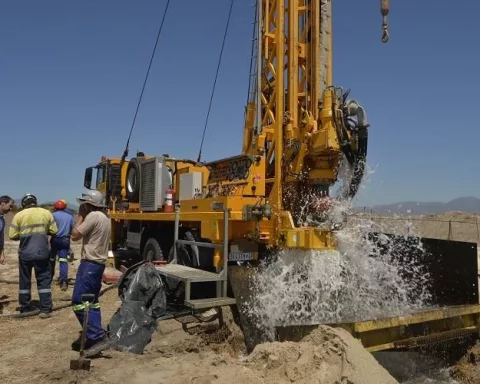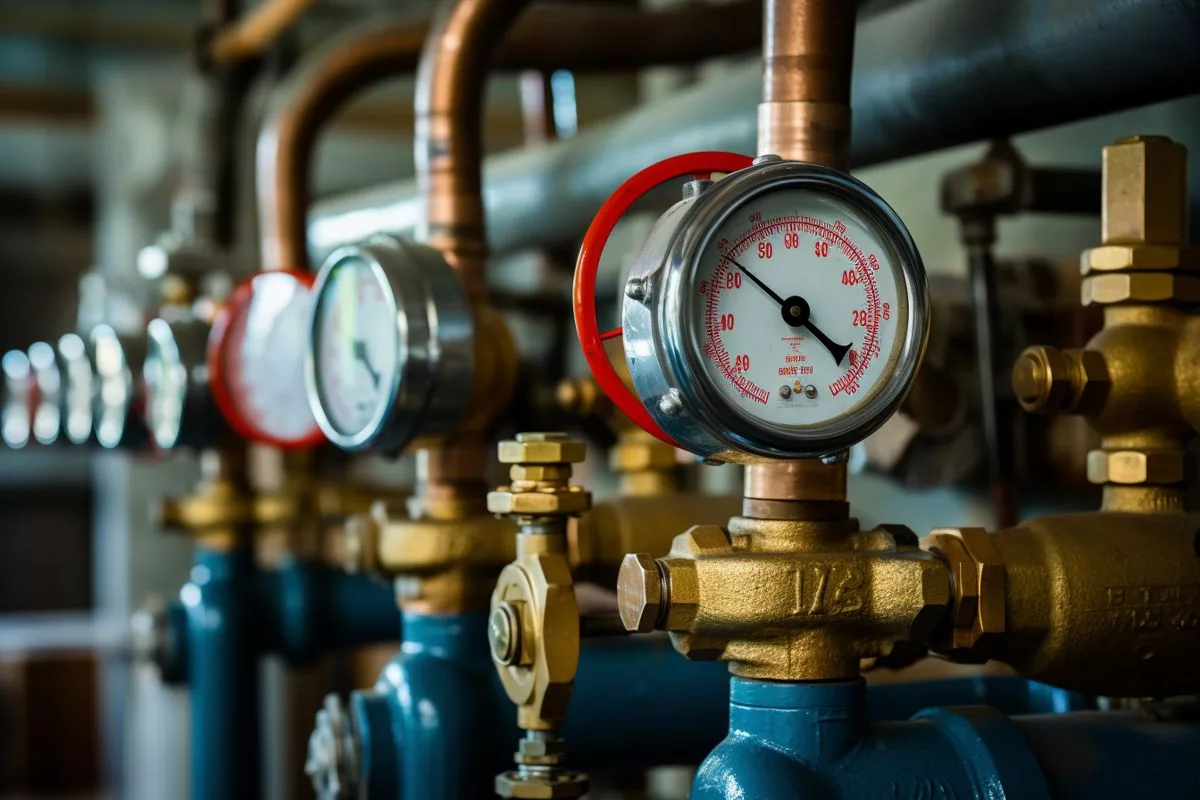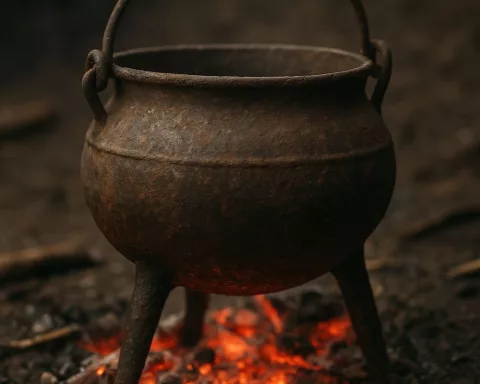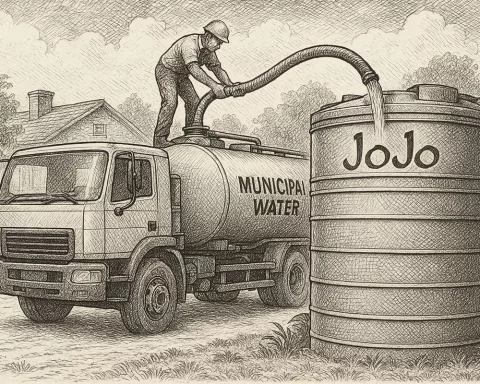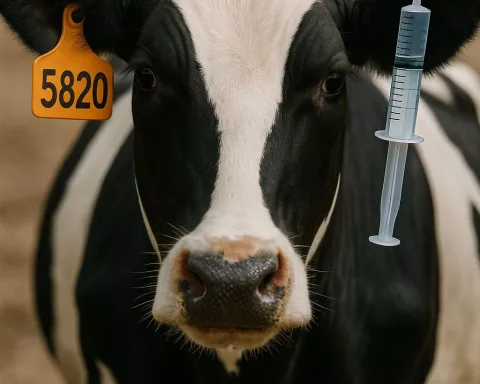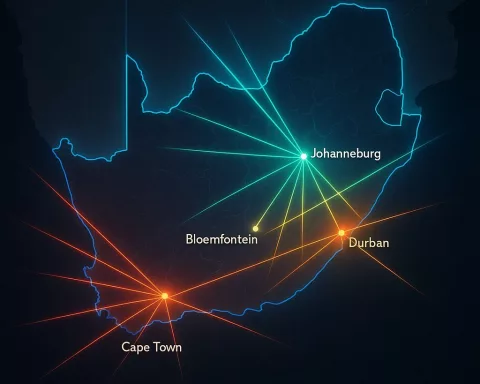Cape Town has unveiled its latest addition to its water supply infrastructure – the Contermanskloof Reservoir. The reservoir has a capacity of 100 megalitres, is worth more than R250 million, and aims to manage the water supply in rapidly evolving regions. This new infrastructure shows the city’s commitment to water security and securing a thriving water future for its citizens.
Contermanskloof Reservoir: Cape Town’s Latest Addition to Water Supply Infrastructure
The Contermanskloof Reservoir is the latest addition to Cape Town’s water supply infrastructure, built at a cost exceeding R250 million. Its immense capacity of 100 megalitres aims to provide a reliable water supply to the city’s inhabitants and manage water supply in rapidly evolving regions. The reservoir serves as proof of Cape Town’s commitment to water security, endurance in the face of water scarcity, and future planning.
The South African city of Cape Town has recently accomplished a noteworthy feat. The Water and Sanitation Directorate has ushered in the latest addition to its extensive family of water supply facilities – the Contermanskloof Reservoir. This impressive new addition to the city’s 180 drinkable water reservoirs symbolizes a crucial stride towards guaranteeing water security.
This new infrastructure, built at a cost exceeding R250 million, has an immense capacity of 100 megalitres. The primary goal of the Contermanskloof Reservoir is to ensure a reliable water supply for the city’s inhabitants. The substantial capacity of this reservoir provides a greater latitude in managing the water supply within the main water network, particularly in rapidly evolving regions.
Contermanskloof Reservoir: A Solution to Escalating Water Demand
The 2015 Bulk Water Master Plan of Cape Town was instrumental in recognizing the necessity for the Contermanskloof Reservoir. The plan identified the reservoir as an inventive solution to the rising water demand in the Blaauwberg area. Recognized as one of South Africa’s fastest-growing development corridors, Blaauwberg is experiencing rapid population growth and industrial expansion, leading to an increased water demand.
The planning and construction process for the reservoir started in 2014 and finished in 2022. After a successful one-year operational trial period, the reservoir is now in full operation, providing water to the northern suburbs and [Blaauwberg North locations](https://capetown.today/blaauwberg-nature-reserve-a-beacon-of-coastal-preservation-and-eco-friendly-tourism/). This accomplishment showcases the city’s unwavering commitment to ensuring a stable water supply and demonstrates the foresight in its infrastructure planning.
Architectural Marvel: Contermanskloof Reservoir
The Contermanskloof Reservoir is a marvel of architecture, boasting a rectangular embankment-type structure. Its design includes a reinforced concrete floor, walls, and roof structure, similar to the other main water reservoirs within Cape Town. The reservoir stands as a symbol of innovation and resolve, representing the city’s efforts to secure its water future.
The reservoir was constructed with multiple objectives in mind, all centered around a more secure water supply. It operates as a balancing reservoir that stabilizes the Voëlvlei pipeline which supplies water to the Plattekloof Reservoir. Moreover, it plays a crucial role in enhancing the water supply security to the Melkbos reservoirs and the Atlantis system.
Additionally, Contermanskloof Reservoir significantly improves the water supply security to the Milnerton reservoirs. It also functions as a storage reservoir for the distribution system of the rapidly expanding Blaauwberg North area, located north of Parklands.
Cape Town’s Commitment to Water Security
The construction of the Contermanskloof Reservoir serves as proof of Cape Town’s dedication to water security. It is the outcome of careful planning, revolutionary design, and significant investment. Considering its enormous capacity, the reservoir is well-equipped to handle the increasing water demand of a thriving city.
The new reservoir is more than just a physical structure of concrete and metal. It serves as a symbol of endurance in the face of the all-too-real threat of water scarcity. The Contermanskloof Reservoir represents Cape Town’s commitment to future planning, securing the well-being of its citizens, and flourishing amidst rapid development. It is more than just an engineering triumph; it is a symbol of hope for a secure and thriving water future for the city. It represents the potential of what can be achieved when innovation, planning, and commitment work in unison.
1. What is the Contermanskloof Reservoir?
The Contermanskloof Reservoir is the latest addition to Cape Town’s water supply infrastructure, with a capacity of 100 megalitres and a cost exceeding R250 million. Its purpose is to provide a reliable water supply to the city’s inhabitants and manage water supply in rapidly evolving regions.
2. Why was the Contermanskloof Reservoir built?
The Contermanskloof Reservoir was built to address the rising water demand in the Blaauwberg area, recognized as one of South Africa’s fastest-growing development corridors. The reservoir serves as a balancing reservoir that stabilizes the Voëlvlei pipeline, improving water supply security for the Melkbos and Atlantis systems and enhancing the water supply security to the Milnerton reservoirs.
3. What is the design of the Contermanskloof Reservoir?
The Contermanskloof Reservoir is a rectangular embankment-type structure with a reinforced concrete floor, walls, and roof structure, similar to the other main water reservoirs within Cape Town.
4. What is the role of the Contermanskloof Reservoir in managing Cape Town’s water supply?
The Contermanskloof Reservoir serves as a balancing reservoir to stabilize the Voëlvlei pipeline, provides storage for the distribution system of the rapidly expanding Blaauwberg North area, and improves water supply security for the Melkbos and Atlantis systems and the Milnerton reservoirs.
5. What does the Contermanskloof Reservoir symbolize for Cape Town?
The Contermanskloof Reservoir symbolizes Cape Town’s commitment to water security, future planning, and securing the well-being of its citizens amidst rapid development. It represents the potential of what can be achieved when innovation, planning, and commitment work in unison.
6. When did the Contermanskloof Reservoir start operating?
The Contermanskloof Reservoir finished construction in 2022 after a planning and construction process that started in 2014. After a successful one-year operational trial period, the reservoir is now in full operation, providing water to the northern suburbs and Blaauwberg North locations.

